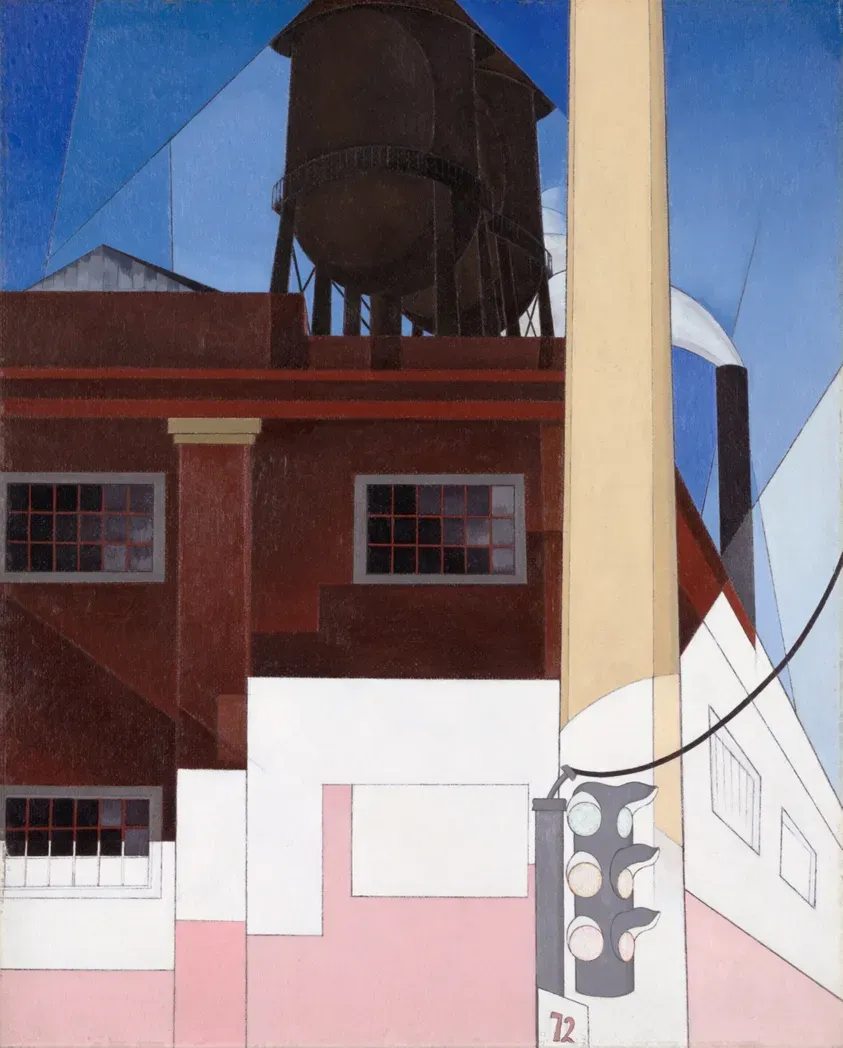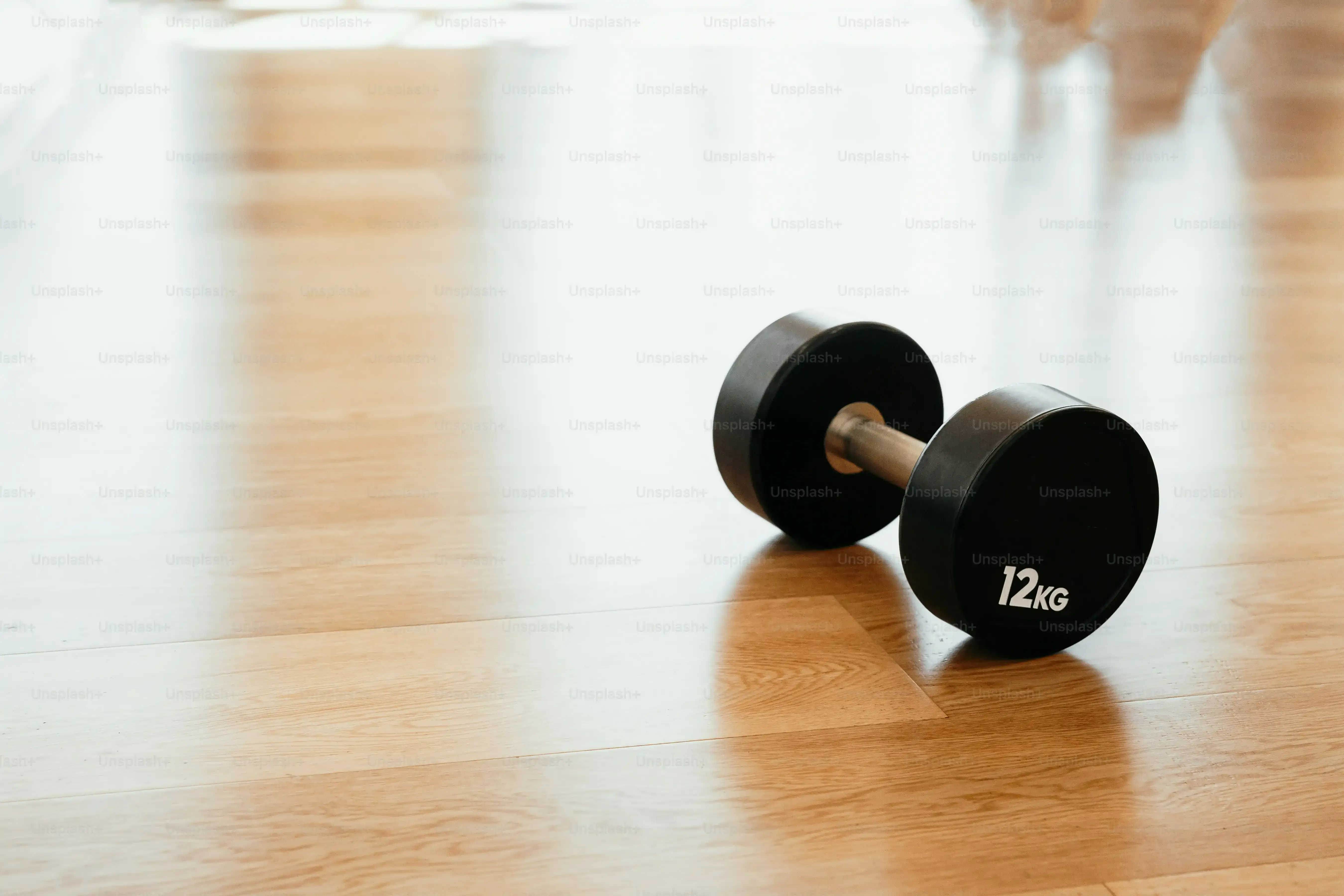Table of Contents
Staring at your living room carpet, wondering if you can actually build a respectable chest without bench presses or dumbbells? Maybe the gym membership expired, the weights are gathering dust, or perhaps you just can't stand waiting for the flat bench. Whatever the reason, the idea of an effective chest workout without stepping foot outside or lifting heavy metal might seem like wishful thinking. Forget the excuses and the notion that you need a fully equipped gym to sculpt your upper body. We're here to tell you that a powerful at home chest workout no weights is not only possible but incredibly effective. Your own body weight is a formidable tool, capable of building strength and size if you know how to use it right. This guide cuts through the fluff to show you exactly how. We'll dive into the often-underestimated power of push-ups and their many forms, walk you through creating a routine that challenges you, and even explore some other clever moves to hit your chest from all angles, all from the comfort of your home turf.
Why an At Home Chest Workout No Weights Works

Why an At Home Chest Workout No Weights Works
Bodyweight is Your Gym
You might think you need stacks of plates and fancy machines to build a solid chest. That's a common misconception. The truth is, your own body provides plenty of resistance for a killer at home chest workout no weights. Bodyweight exercises, especially push-ups and their variations, force your chest muscles (pectorals) to work hard against gravity. This isn't just about pushing weight; it's about controlling your movement, engaging stabilizing muscles you might miss on a machine, and creating tension throughout the entire range of motion. Think of it like this: every inch you lower yourself in a push-up, your chest fibers are under tension, adapting and getting stronger.
More Than Just Muscle Size
An at home chest workout no weights isn't just about inflating your pecs. It builds functional strength. When you perform a push-up, your shoulders, triceps, and core are all firing to support the movement. This integrated strength translates better to real-world activities than isolated machine exercises often do. Plus, because you're controlling your body through space, you improve balance and coordination. Many people find that mastering bodyweight movements leads to better joint health and a reduced risk of injury because you're moving in natural patterns your body is designed for.
- Builds functional strength
- Engages stabilizer muscles
- Improves balance and coordination
- Enhances joint health
- Requires zero equipment cost
Mastering PushUp Variations for Your Chest

Mastering PushUp Variations for Your Chest
The Humble Push-Up: Your Foundation
so you know what a push-up is. Hands on the floor, lower your chest, push back up. Simple, right? Not so fast. The basic push-up is the absolute cornerstone for any effective at home chest workout no weights. It hits your pecs, sure, but also your shoulders and triceps hard. The key here isn't just doing *a* push-up, it's doing it *well*. Think about keeping a straight line from your head to your heels. Don't let your hips sag or pike up. Lower your chest all the way down, ideally until it's just an inch or two off the floor. The more controlled and full-range your movement, the more muscle fibers you recruit, and the better your results will be. This foundational movement is where you build the initial strength needed to tackle more complex variations.
Twisting the Angle: Why Variations Matter
Once you can comfortably bang out 10-15 solid standard push-ups, it's time to get creative. This is where Mastering PushUp Variations for Your Chest really comes into play. Your chest isn't just one big muscle; it has different fibers that respond to different angles. Want to hit the lower chest? Elevate your feet (decline push-ups). Need to target the upper chest? Put your hands on a raised surface like a chair or counter (incline push-ups). Want to torch the inner chest? Bring your hands closer together (diamond push-ups). By changing hand placement, elevation, or even adding instability, you shift the emphasis and recruit different parts of the muscle. This keeps the workout challenging and ensures balanced development.
Variation | Target Area | Challenge Level |
|---|---|---|
Standard Push-Up | Overall Chest, Shoulders, Triceps | Beginner to Intermediate |
Incline Push-Up | Lower Chest | Easier (Adjustable) |
Decline Push-Up | Upper Chest | Harder |
Diamond Push-Up | Inner Chest, Triceps | Intermediate to Advanced |
Wide Push-Up | Outer Chest, Shoulders | Intermediate |
Building Your At Home Chest Workout No Weights Routine

Building Your At Home Chest Workout No Weights Routine
Designing Your No-Weight Attack Plan
Alright, so you know push-ups are the bread and butter, and variations are key to hitting different angles. But how do you actually string these moves together into a proper at home chest workout no weights routine that gets results? It's not just about doing as many push-ups as possible until you collapse. That's a recipe for burnout, not growth. You need structure. Think about frequency – how often can your chest recover? For most people starting out, hitting the chest 2-3 times a week is plenty. This allows for muscle repair and growth. On the days you train, you're going to select a few variations that target different parts of the chest. Don't try to do every single variation in one session. Pick maybe 3-4 moves and focus on quality over quantity. The goal is progressive overload, even without adding external weight. How do you do that?
Putting the Pieces Together: Sets, Reps, and Progression
Progressive overload with bodyweight means making the exercises harder as you get stronger. For your at home chest workout no weights, this could mean increasing the number of reps you do for a given exercise, doing more sets, reducing rest time between sets, or moving to a more challenging variation (like going from incline to standard, or standard to decline). A solid starting point for sets and reps is typically 3-4 sets of 8-15 repetitions per exercise. If you can easily do more than 15 reps with good form, it's time to find a harder variation or slow down the tempo of the movement to increase time under tension. Don't just rush through reps; control the lowering (eccentric) phase of the movement. Aim for a 2-3 second lower, a brief pause at the bottom, and then a powerful push back up. This controlled movement recruits more muscle fibers and builds serious strength.
- Increase Reps: Go from 10 to 12, then 15 reps.
- Add Sets: Do 4 sets instead of 3.
- Reduce Rest: Cut rest time between sets from 90s to 60s.
- Try Harder Variations: Progress to more challenging push-up types.
- Slow Down Tempo: Control the movement, especially the lowering phase.
- Increase Frequency: Train chest 3x a week instead of 2x (ensure recovery).
Beyond PushUps: More Moves for an At Home Chest Workout No Weights

Beyond PushUps: More Moves for an At Home Chest Workout No Weights
Adding Variety with Dips and Flies
we've hammered home the push-up point. They're essential for an at home chest workout no weights, no doubt. But let's be honest, doing *only* push-ups, even with variations, can get a bit monotonous. Plus, while push-ups are great compound movements, sometimes you want to hit the chest with a slightly different angle or focus more on that squeezing motion. This is where simple household items become your gym equipment. Ever thought about using two sturdy chairs for dips? Parallel bar dips are fantastic for hitting the lower chest and triceps hard. If standard dips are too tough, start with your feet on the floor or a raised surface to assist. It's a brutal, effective move that works the chest fibers differently than a push-up.
Sliding Towards a Stronger Chest
Another often-overlooked category for an effective at home chest workout no weights involves movements that mimic dumbbell flyes. How do you do that without dumbbells? With sliders, paper plates, or even just towels on a smooth floor. Get into a push-up position, hands on your sliding surface of choice. Instead of bending your elbows to lower straight down, keep your arms relatively straight (with a slight bend) and slide your hands out to the sides, lowering your chest towards the floor as you do. Then, squeeze your chest to slide your hands back together, returning to the starting position. This concentric squeeze is money for targeting the chest fibers responsible for bringing your arms across your body. It's a different stimulus than pushing straight up and down and adds another dimension to your no-weight routine.
- Chair Dips: Excellent for lower chest and triceps.
- Slider/Towel Flyes: Targets chest fibers for squeezing motion.
- Isometric Holds: Hold the bottom of a push-up for time.
- Pseudo Planche Push-Ups: Shift weight forward to increase chest tension.
- Archer Push-Ups: One arm extends, emphasizing the other side.
Your Bodyweight Chest: Built at Home
So there you have it. Building a solid chest doesn't require hauling iron or navigating crowded gym floors. Your own body provides all the resistance you need, provided you apply the right variations and consistency. We've covered the bedrock of bodyweight chest training – the push-up in its many forms – and touched on how to structure your efforts for real results. It's not magic; it's mechanics and consistency. Stop waiting for the perfect setup or the perfect moment. The equipment you need is already with you. Start putting in the work, challenge yourself with progressions, and watch your chest respond. An effective at home chest workout no weights isn't just a convenient alternative; for many, it's a powerful path to progress.
